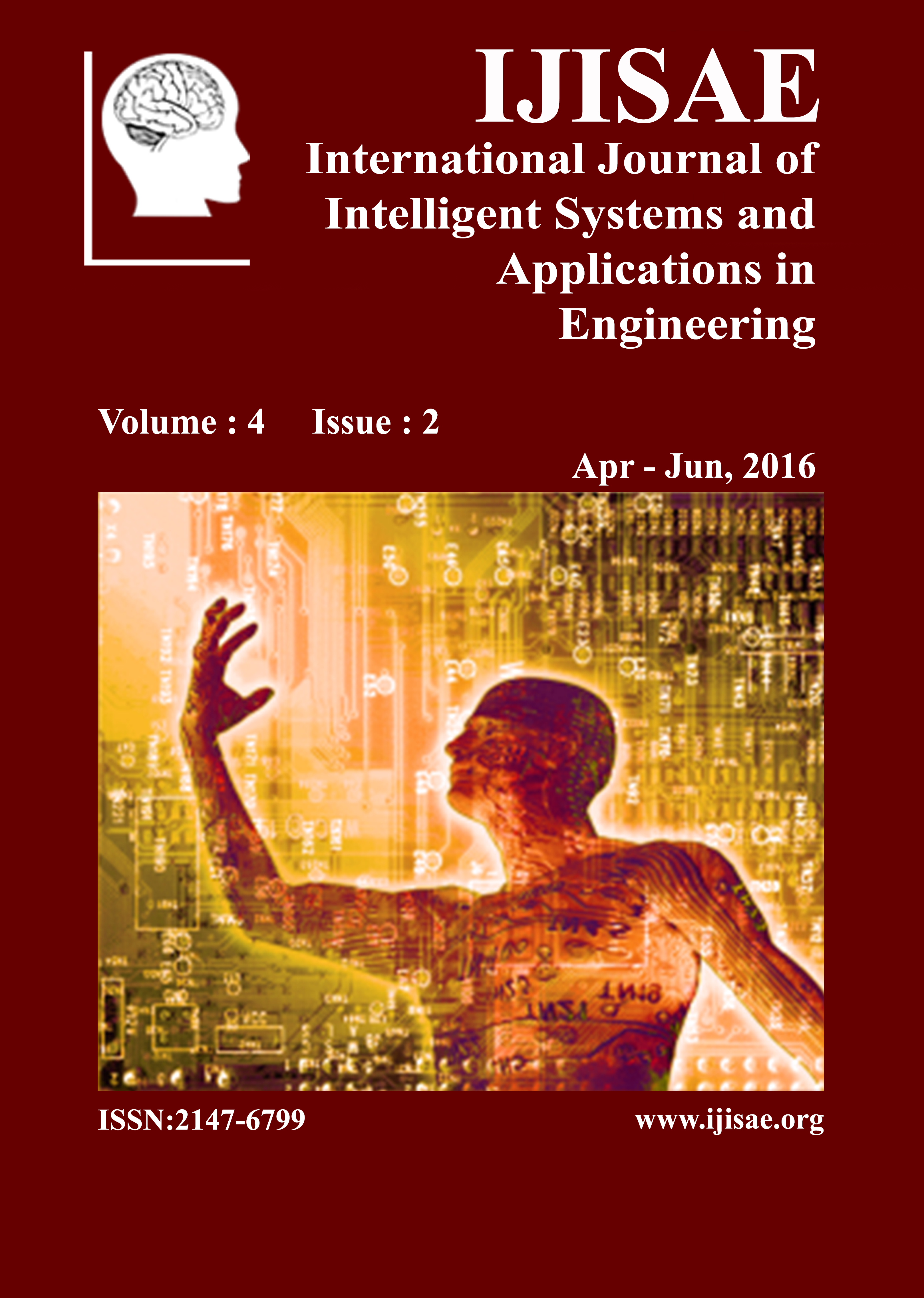The Classification of Diseased Trees by Using kNN and MLP Classification Models According to the Satellite Imagery
DOI:
https://doi.org/10.18201/ijisae.05552Keywords:
k - Nearest Neighbor, Multilayer Perceptron Neural Network, Weka, Classification, Remote SensingAbstract
In this study, the Japanese Oak and Pine Wilt in forested areas of Japan was classified into two group as diseased trees and all other land cover area according to the 6 attributes in the spectral data set of the forest. The Wilt Data Set which was obtained from UCI machine learning repository database was used. Weka (Waikato Environment for Knowledge Analysis) software was used for classification of areas in the forests. The classification success rates and error values were calculated and presented for classification data mining algorithms just as Multilayer Perceptron (MLP) and k-Nearest Neighbor (kNN). In MLP neural networks the classification performance for various numbers of neurons in the hidden layer was presented. The highest success rate was obtained as 86.4% when the number of neurons in the hidden layer was 10. The classification performance of kNN method was calculated for various counts of neighborhood. The highest success rate was obtained as 72% when the count of neighborhood number was 2.
Downloads
Downloads
Published
How to Cite
Issue
Section
License
All papers should be submitted electronically. All submitted manuscripts must be original work that is not under submission at another journal or under consideration for publication in another form, such as a monograph or chapter of a book. Authors of submitted papers are obligated not to submit their paper for publication elsewhere until an editorial decision is rendered on their submission. Further, authors of accepted papers are prohibited from publishing the results in other publications that appear before the paper is published in the Journal unless they receive approval for doing so from the Editor-In-Chief.
IJISAE open access articles are licensed under a Creative Commons Attribution-ShareAlike 4.0 International License. This license lets the audience to give appropriate credit, provide a link to the license, and indicate if changes were made and if they remix, transform, or build upon the material, they must distribute contributions under the same license as the original.










